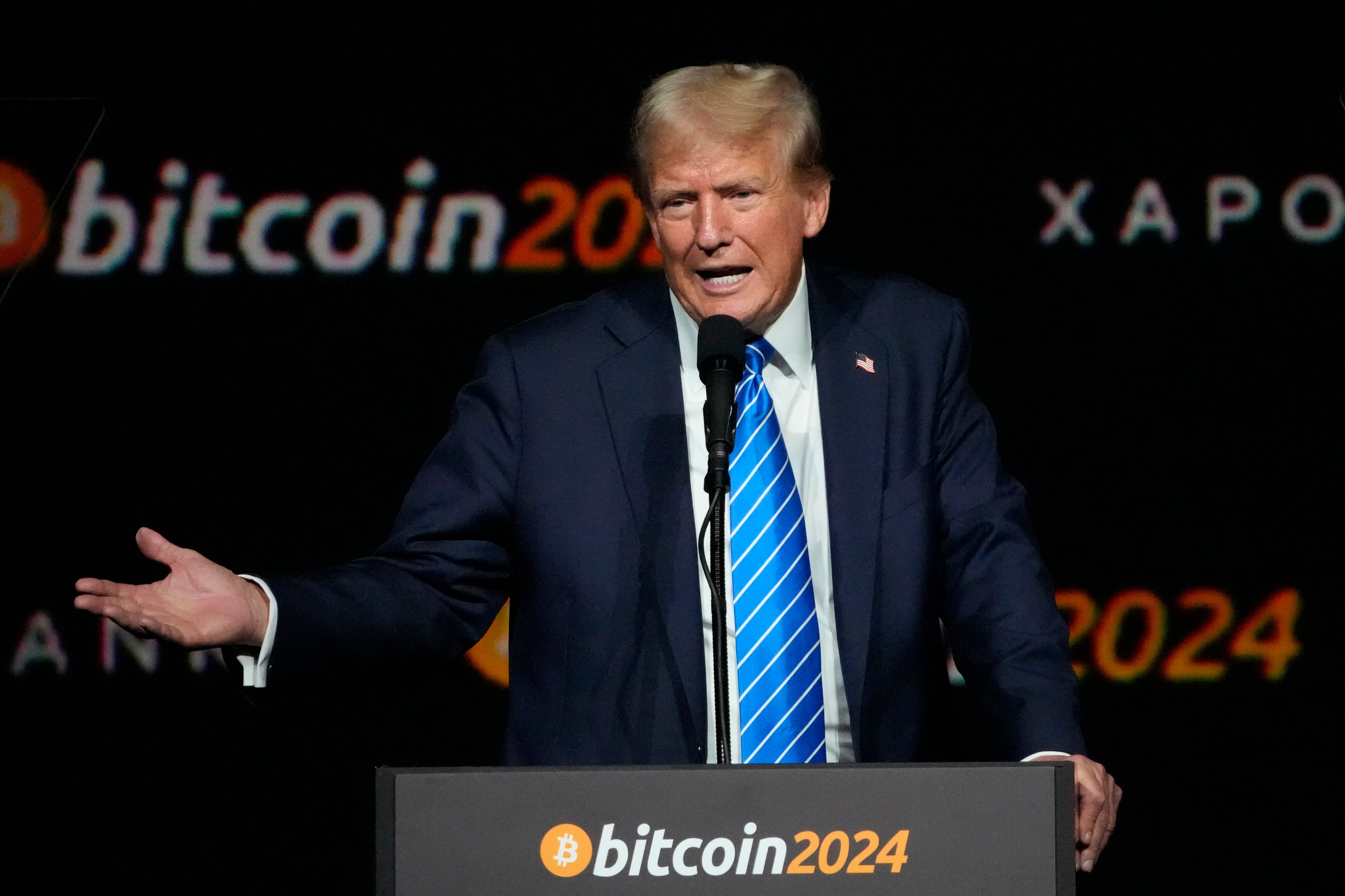By Timothy Ash
September 17, 2024
The leading financial analyst Tim Ash sparked a major debate in 2022 with a cost-benefit analysis showing US aid to Ukraine is cheap at the price. Has anything changed?

Two years later, the arguments for US and European support remain unarguable. It’s just a shame that we have failed to deliver for Ukraine over the intervening period, leaving the country open to the depredations of Russia’s amoral rulers. Hundreds of thousands are now dead and wounded.
Let’s recap. The costs of supporting Ukraine are minuscule relative to the size of Western economies, their own defense budgets, and, indeed, the wider threat from Russia, which is being eroded thanks to the bravery of ordinary Ukrainians. The costs of Ukrainian defeat are stark and include enormous rises in defense spending, causing destabilizing increases in debt, very substantial new waves of refugees, and the spread of political instability across the European continent.
How do we know the West is paying peanuts? The Kiel Institute produces the definitive database on Western support for Ukraine through this war.
According to its numbers, from the end of January 2022 to the end of June 2024, the West had provided €185.1bn ($205bn) in total support to Ukraine. To put this into perspective, on an annualized basis, this is less than one-fifth of one percentage point of the West’s combined GDP of around $60 trillion.
Remember that Western economies’ total wealth is 15-30 times greater than Russia’s, depending on whether GDP is measured by exchange rate or purchase power parity. Surely the West has the economic muscle to beat Russia, many times over, in any arms race to deliver Ukraine with the munitions to win this war?
The defense component of support for Ukraine has totaled around $114bn since the full-scale invasion, which again, on an annualized basis, is only around 4.2% of total Western annual defense spending, currently running at close to $1.2 trillion. The US has provided around $57bn of military support, out of its total support for Ukraine, to the end of June of $83bn. Again, on an annualized basis, that represents around 3.1% of US defense spending.
And just to do the math for Ukraine skeptics in the West, the US has provided around 40% of Ukraine’s total funding and some 50% of the defense component. The greater part comes from Europe.
Obviously, these are still big absolute numbers for Western democracies whose populations have been struggling with cost of living crises and where government budgets face competing demands. But that doesn’t change the essential truth that the costs of supporting Ukraine are still minuscule when compared to the size of Western economies and overall defense spending.
In terms of bang for the buck, we also need to consider the very substantial impact of eroding Russian military capability. This war has made the threat from Russia to the West crystal clear, not only in terms of its willingness to threaten NATO territory, as reflected in its invasion of Ukraine, but also in cyberspace and space, as well as the risks to critical infrastructure, food distribution channels, and our democratic process.
Ukraine has, according to the best tracker, Oryx, lost more than 10,000 armored combat vehicles, including more than 3,300 tanks. Russia has also suffered around 610,000 casualties, according to British military intelligence. While this assistance to the Ukrainians has cost the West about 3-4% of its defense spending, not one NATO soldier has died in Ukraine. The extraordinary sacrifices have all been made by Ukrainian men and women, with the Wall Street Journal reporting on September 17 that as many as 80,000 troops may have died during the last 31 months of fighting.
Even so, Western money and Ukrainian blood and bravery have not completely defanged the aggressor. Remember, Russia is happy to throw away the lives of its men with attacks on using motorcycles or even on foot — and sheer numbers of troops can overwhelm even the strongest defenses, as in Eastern Ukraine at the moment. That’s why countries like the Baltic states, Poland, and Finland take the threat so seriously — they fear, with reason, they may be next.
Americans may complain about the disproportionately high spending by the US on the war, but that doesn’t stand up to scrutiny. The US is 24th in a list of Western spending on Ukraine relative to GDP. The US contribution accounts for around 0.3% of annual GDP, which is way behind the likes of Denmark (top at 1.8%), the Baltic states (1.4%-1.7% of GDP), Finland (0.9%), Sweden (0.7%), the UK (0.5%), and behind even Germany at 0.4%, but just on par with France.
The US is, of course, much larger than its allies, so the sums are impressive and the supplies irreplaceable — to Europe’s shame, its defense production remains anemic. But in return, the US gets a disproportionate benefit as a higher share of its spending in support of Ukraine is in US-made military kit, and hence can be described as an overall benefit to the economy.
In addition, a large weight of Ukraine’s overall increase in defense spending and the 1% of GDP overall increase in defense spending by US allies because of the war — around $200bn a year — is actually used to buy US defense equipment because the US still has the overwhelming technological and production advantage in defense industries. About 55% of European arms imports are sourced from the US.
Taken as a whole, Western spending in support of Ukraine’s defense is small relative to the Russian threat. It is also small relative to the size of Western economies and overall defense spending. This spending is also an investment in their own defense as if Ukraine wins this war, it will continue to provide a defensive buffer for the West against a belligerent Russia.
And while defense industries are the big winners from the war, the US defense sector is disproportionately the biggest winner from increased Ukrainian and Western arms sales.
The West would indeed be nuts not to support Ukraine, in its defense and our own.
Timothy Ash is a Senior Emerging Markets Sovereign Strategist at RBC BlueBay Asset Management. He is an Associate Fellow at Chatham House on their Russia and Eurasian program.
Europe’s Edge is CEPA’s online journal covering critical topics on the foreign policy docket across Europe and North America. All opinions are those of the author and do not necessarily represent the position or views of the institutions they represent or the Center for European Policy Analysis.









